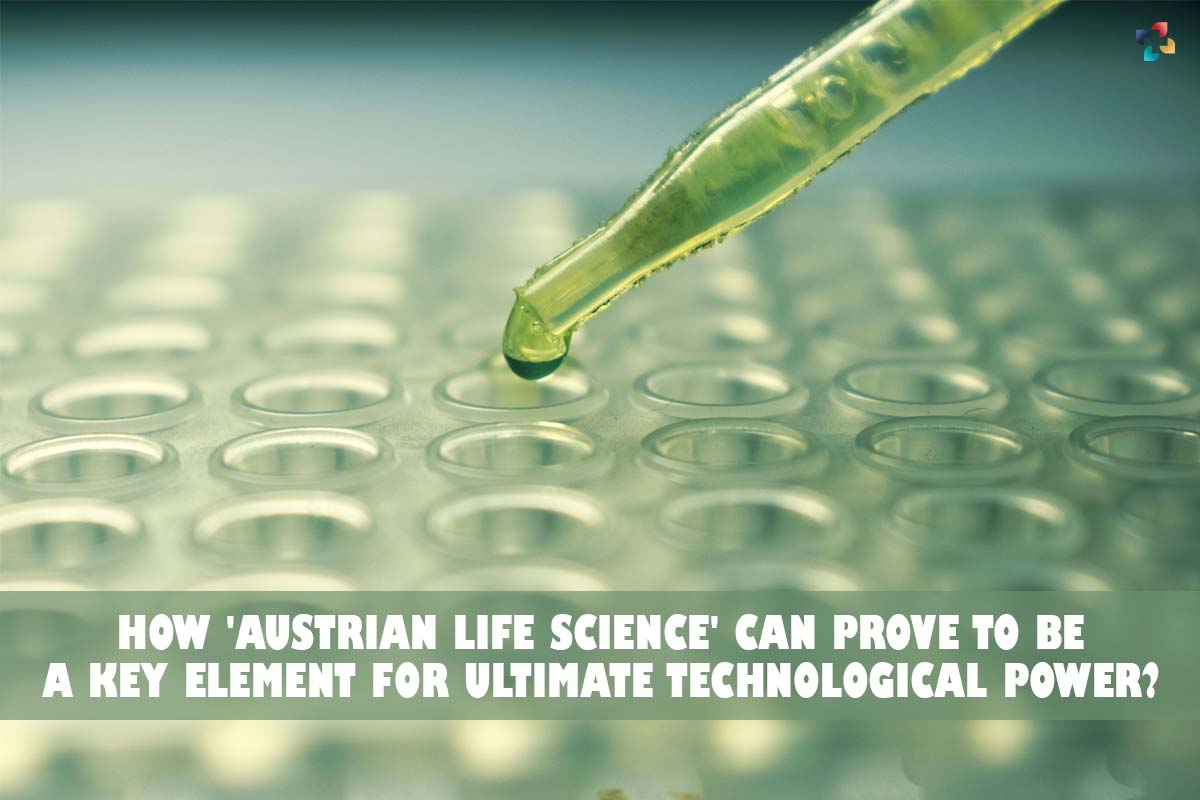Austrian Life Science is characterized by great networking, worldwide research, and a rising corporate environment. This industry includes the biotechnology industry, the pharmaceutical industry, and medical technology.
With a significant number of small and medium-sized enterprises (SMEs) in addition to several multinational corporations, Austria has emerged as one of the most significant hubs on the European life sciences landscape.
Austrian Life Science is home to more than 900 different businesses operating in the fields of biotechnology, pharmaceuticals, and medical technology. Among these businesses are prominent competitors like Boehringer Ingelheim, Novartis, and Ottobock. There is a flurry of activity taking place, notably in Austria’s key areas of competence such as cancer research, gene therapy research, and medical product development.
Here is how ‘Austrian Life Science’ Can Prove to be a Key Element for Ultimate Technological Power;
1. Leading destination for research
Austrian Life Science is recognized as a leading destination for research across the world because of the extensive networking that exists between the country’s many manufacturers, suppliers, and service providers. Because it contributes to 7% of the GDP, the life sciences industry is one of the most important contributors to the national gross value added. It is responsible for more than 60,000 occupations that need very high levels of qualification.

The location of Austria’s businesses stands out because it provides not just one but a number of distinct benefits, such as a first-rate infrastructure (which includes enough laboratory space) and highly skilled, self-driven workers.
In addition to the research tax credit and a robust financing environment, Austria’s accessibility to data and donors makes it an attractive site for medical research. In the year 2022, Austria introduced a brand new funding program for the pharmaceutical and Austrian Life Science industries with a total budget of € 50 million. This program also provided money for clinical investigations.
2. Dynamic new businesses meet big companies
Almost every major biotech, pharmaceutical, and medical device company in the world’s top 20 by yearly sales has a presence in Vienna. This includes firms from all three industries. Since the 1990s, in addition to the growth of multinational corporations, there has also been an active expansion of the start-up sector. All three of these institutions—the Vienna Medical University, the Vienna BioCenter, and the Vienna Life Sciences Center Muthgasse—create an environment that is conducive to innovation.
In Vienna, there are more than 480 firms that are engaged in the biotechnology, pharmaceutical, and medical device industries. These companies either create or develop goods and processes in these domains, or they are involved as suppliers, service, or sales organizations. Nearly 23,000 people were employed by these businesses in 2017, and they brought in more than 12 billion euros in revenue. Almost 180 (37%) of these Austrian Life Science businesses are involved in research and development, as well as the production of creative goods.
3. Focusing on improving health

The city of Vienna takes great pride in being the location of about 80 younger, more devoted biotechnology enterprises. Approximately sixty of them are centered on health-related topics, such as infectious disorders, neoplasms (cancer), and ailments that affect the respiratory system. However, the biotech community in Vienna has seen the emergence of economic sectors that go outside the scope of medical concerns.
Vienna is home to an additional 46 enterprises that are solely focused on the medical device industry. These have been successful in creating special capabilities in the fields of electromechanical medical devices, telemedicine and e-health, software for medicine, assistive items for people with impairments, and single-use gadgets.
4. Excellence in education and research within the scientific community
When it comes to the education and research that is conducted on the subject of Austrian Life Science, Vienna is indisputably in first position. Over 12,500 people are employed among 5 universities, 2 universities of applied sciences, and 11 research institutions that are not affiliated with a university. This accounts for sixty percent of all academic personnel working in this sector in Austria.

Vienna has over 34,700 students majoring in biological sciences, making it the region in Austria with the highest concentration of aspiring young scientists. In the academic year 2017, 3,725 students in Vienna earned degrees of bachelor’s, master’s, or doctorate level, setting the foundation for the future generation of scholars.
The high quality of the research that is being done in Vienna is shown by the city’s large number of publications in international journals (4,602 in 2017). The funds that are awarded by the European Research Council (ERC) have become another measure of excellence. From the time that invitations were released until the end of 2017, academics located in Vienna were successful in garnering 84 ERC funding in the biological sciences. This accounts for 72 percent of the total funds awarded by the ERC in Austria for this category.
Also Read: 7 Trends Shaping the Life Sciences Industry











